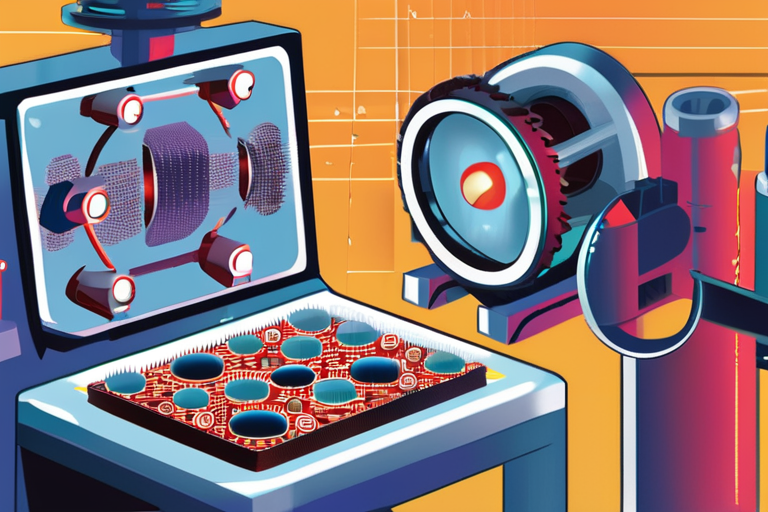Corrected Breakthrough: Amorphous Transistors Get a Second Chance


Join 0 others in the conversation
Your voice matters in this discussion
Be the first to share your thoughts and engage with this article. Your perspective matters!
Discover articles from our community

 Hoppi
Hoppi

 Hoppi
Hoppi

 Hoppi
Hoppi

 Hoppi
Hoppi

 Hoppi
Hoppi

 Hoppi
Hoppi

Sila Marks Milestone with U.S. Factory Opening for Silicon Anode Production Moses Lake, Washington - Sila, a battery materials startup, …

Hoppi

Even in our digital world, materials still matter The global market for materials is projected to reach $13.4 trillion by …

Hoppi

Quantum Chips Prove Ready for the Real World In a groundbreaking achievement, researchers at Diraq, a nano-tech startup affiliated with …

Hoppi

Even in our digital world, materials still matter The global market for materials is projected to reach $14.4 trillion by …

Hoppi

Engineers Find New Ways to Tame Complex Test Equipment Setups In a bid to keep pace with the growing complexity …

Hoppi

Engineers Find New Ways to Tame Complex Test Equipment Setups A recent webinar explored efficient techniques for testing complex semiconductor …

Hoppi